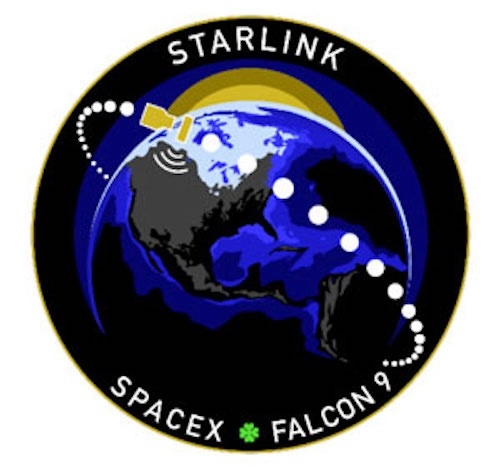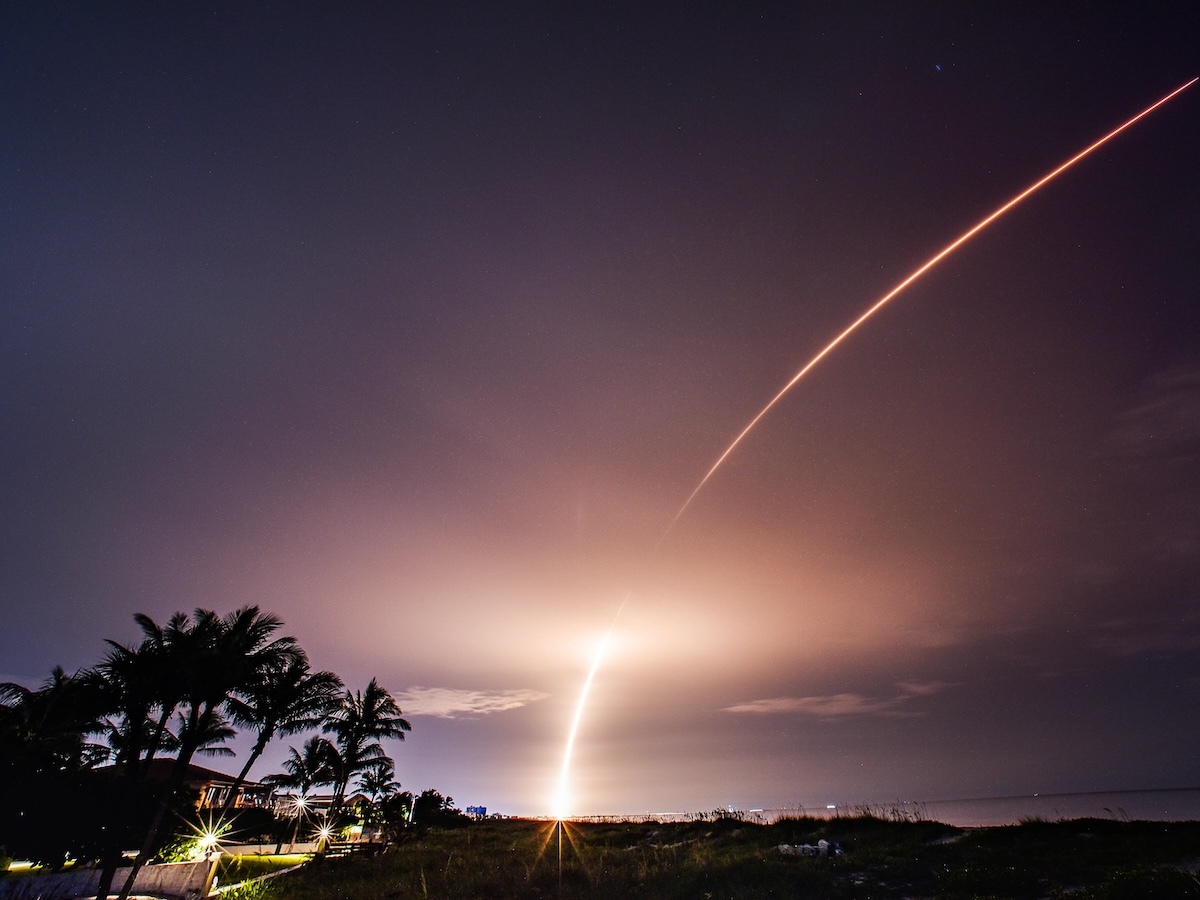2.07.2025

Doubleheader launch day: Two SpaceX rocket launches in Florida set to kick off July

SpaceX is planning to ring in July with a doubleheader launch day.
SpaceX has plans to launch the first rocket between 5:03 p.m. and 8:15 p.m. on July 1 from NASA's Kennedy Space Center Pad 39A. This mission is known as MTG-S1, and is the European Space Agency's (ESA) Meteosat Third Generation Sounder satellite.
The second launch, a Starlink mission, now appears to be no early than in the early hours of July 2.
The first launch of July is a satellite for ESA. It's the second in the series, with one already in orbit. Headed for geostationary orbit, this is an Earth observation satellite with the aim to observe extreme weather events and air quality by use of an infrared sounder. The infrared sounder will use interferometric techniques to collect data on humidity, temperature, wind and gases. This data is used to create 3D maps of the atmosphere, which will improve weather prediction for Europe and northern Africa.
Also onboard the satellite is the Copernicus Sentinel-4 mission spectrometer. This spectrometer will capture data every 60 minutes on air quality and pollution in Europe and northern Africa. The mission is an addition to the Sentinel-5 and Sentinel-5P missions which currently observe from a polar orbit.
It's not the only air quality sensor in orbit. Sentinel-4 will be Europe's addition to a global constellation of geostationary air quality sensors.
"It will work alongside the Korean sensor Gems, observing air pollution over Asia, and NASA sensor Tempo, measuring air pollution over North America," states the European Space Agency's website.
SpaceX Starlink rocket launch in Florida hours later
Just hours later on Wednesday, July 2, the Space Coast will see the second SpaceX launch take off no earlier than 1:29 a.m. from Launch Complex 40 at Cape Canaveral Space Force Station. SpaceX has yet to confirm the exact target time, but weather at both the launch site and booster landing site will play a role in timing.
The mission is known as Starlink 12-25, and will be the latest batch of Starlink internet satellites. After launch, the rocket will travel on a northeast trajectory. With the booster landing on a SpaceX drone ship in the Atlantic Ocean, no Space Coast sonic booms will be heard.
Quelle: Florida Today
